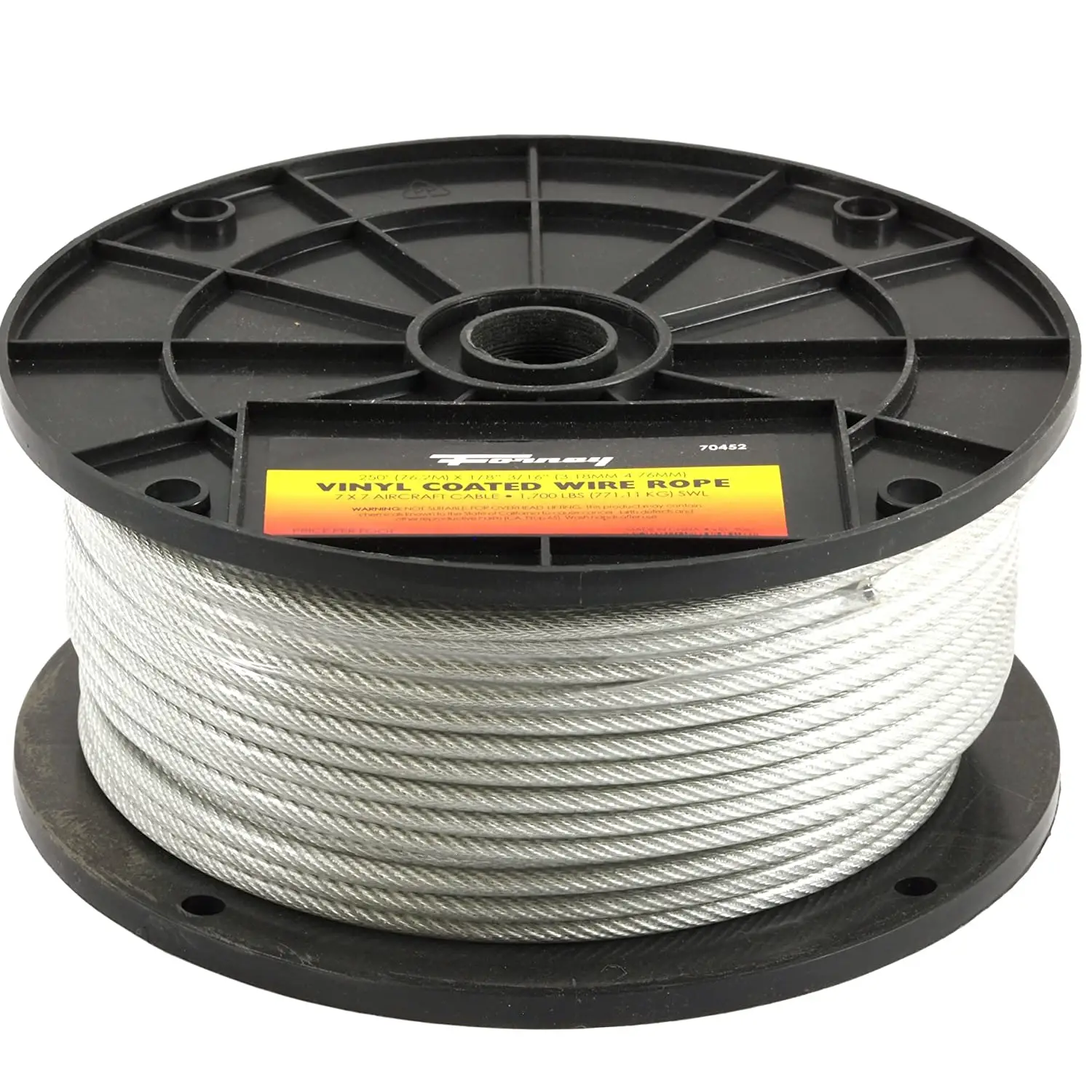
- Forney Wire Rope
- Material Metal
- Wire Rope
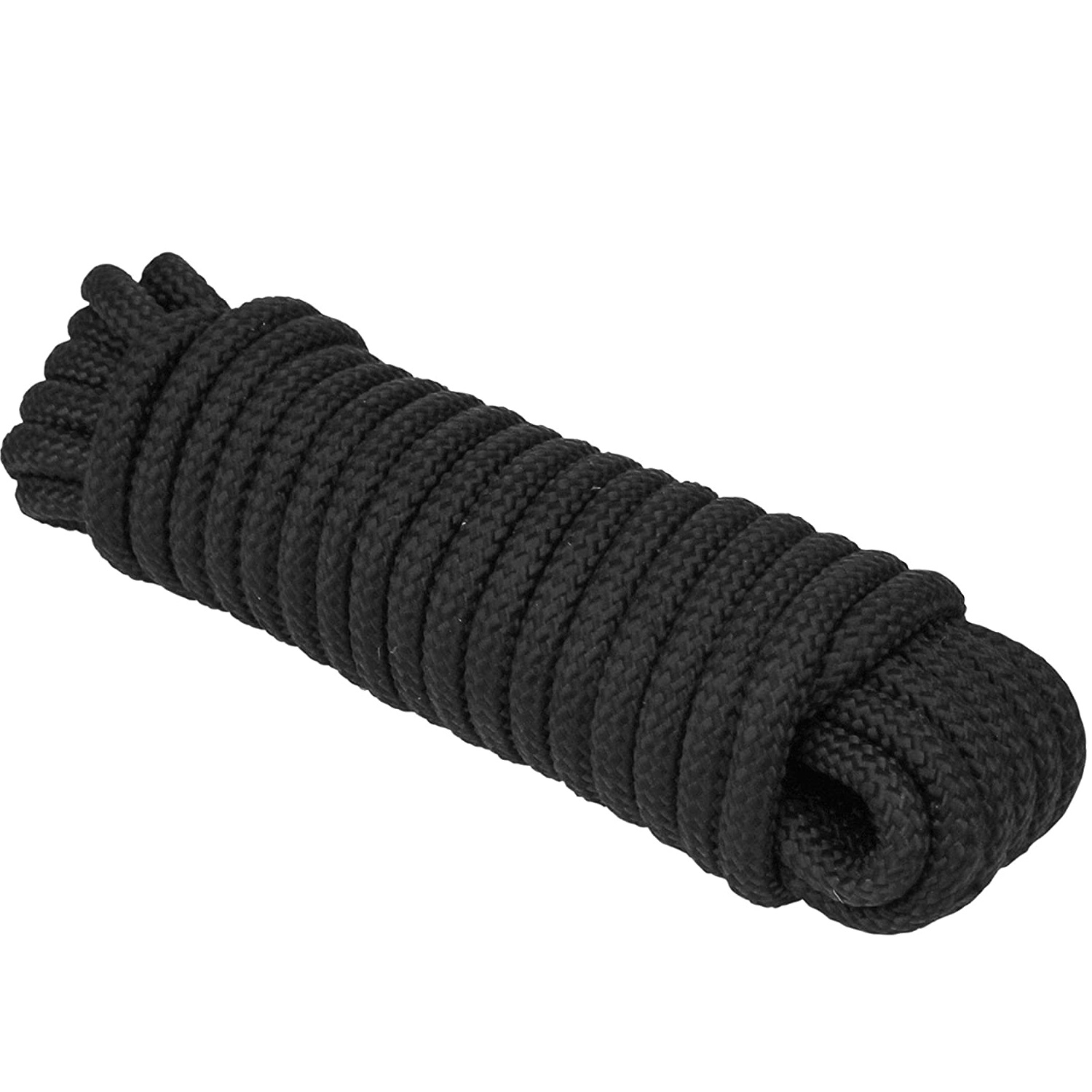
- Color: Black
- Item Weight 16 ounces
- 9.6 x 3.1 x 2.9 inches
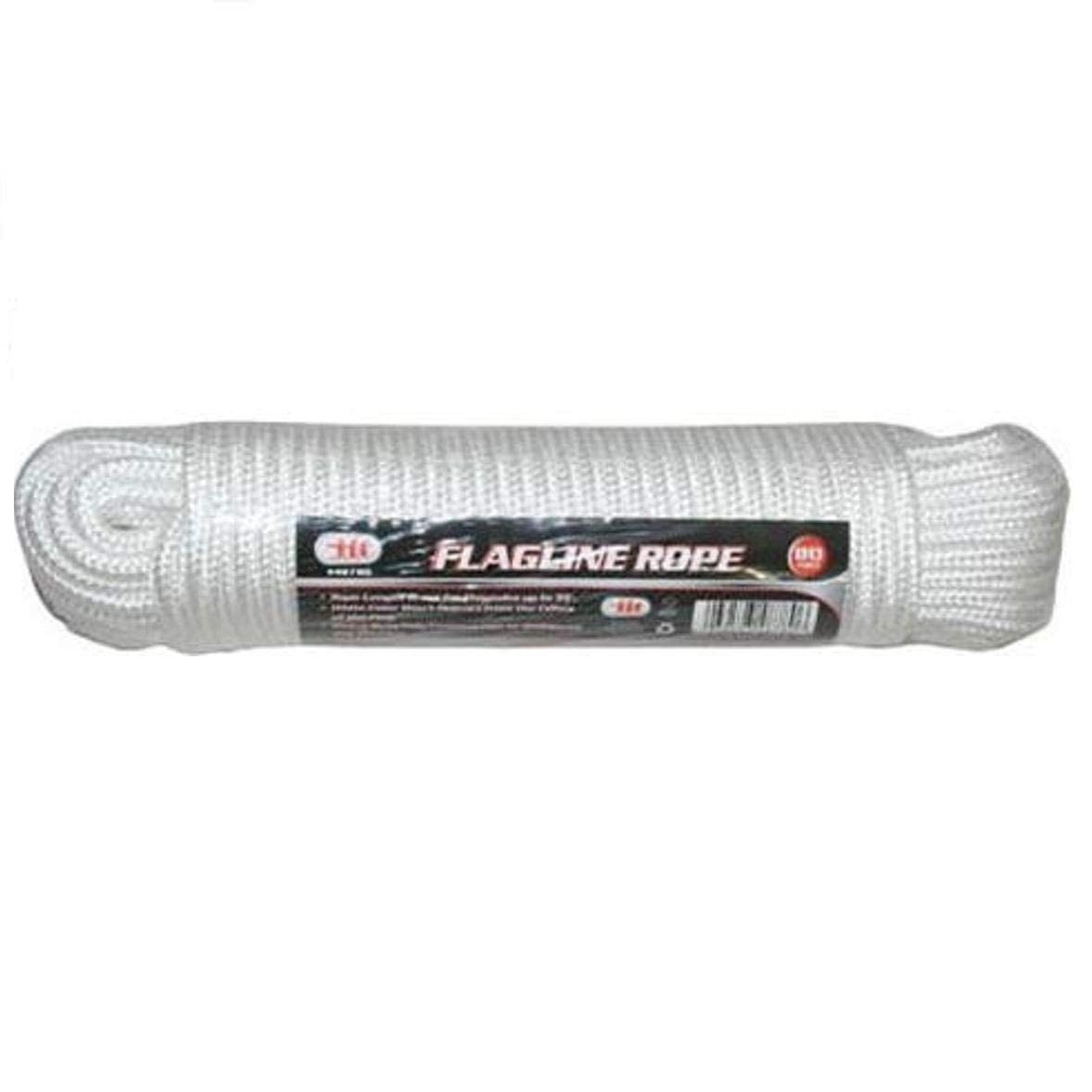
- Brand: IIT
- Item Weight 9.6 ounces
- 1.7 x 9.7 x 1.4 inches
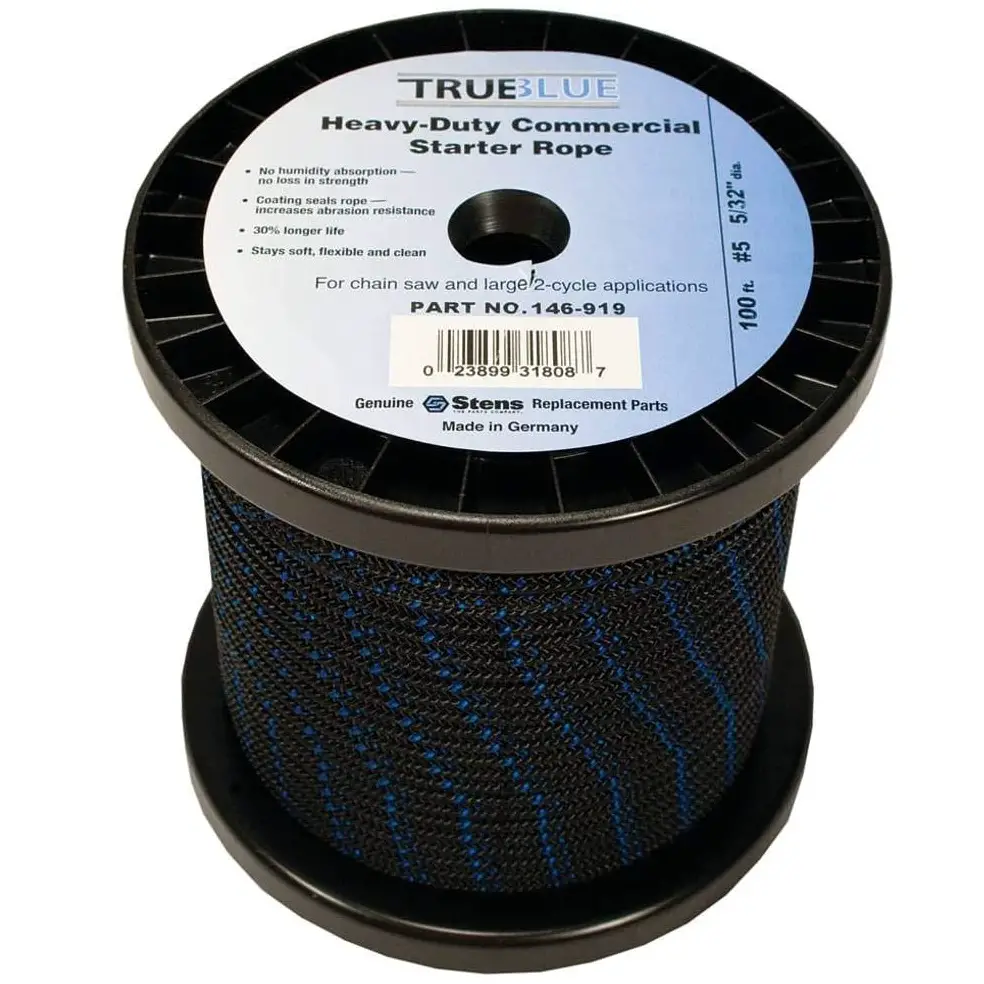
- Size Name: 100-Feet
- Low stretch
- Item Weight 14.1 ounces
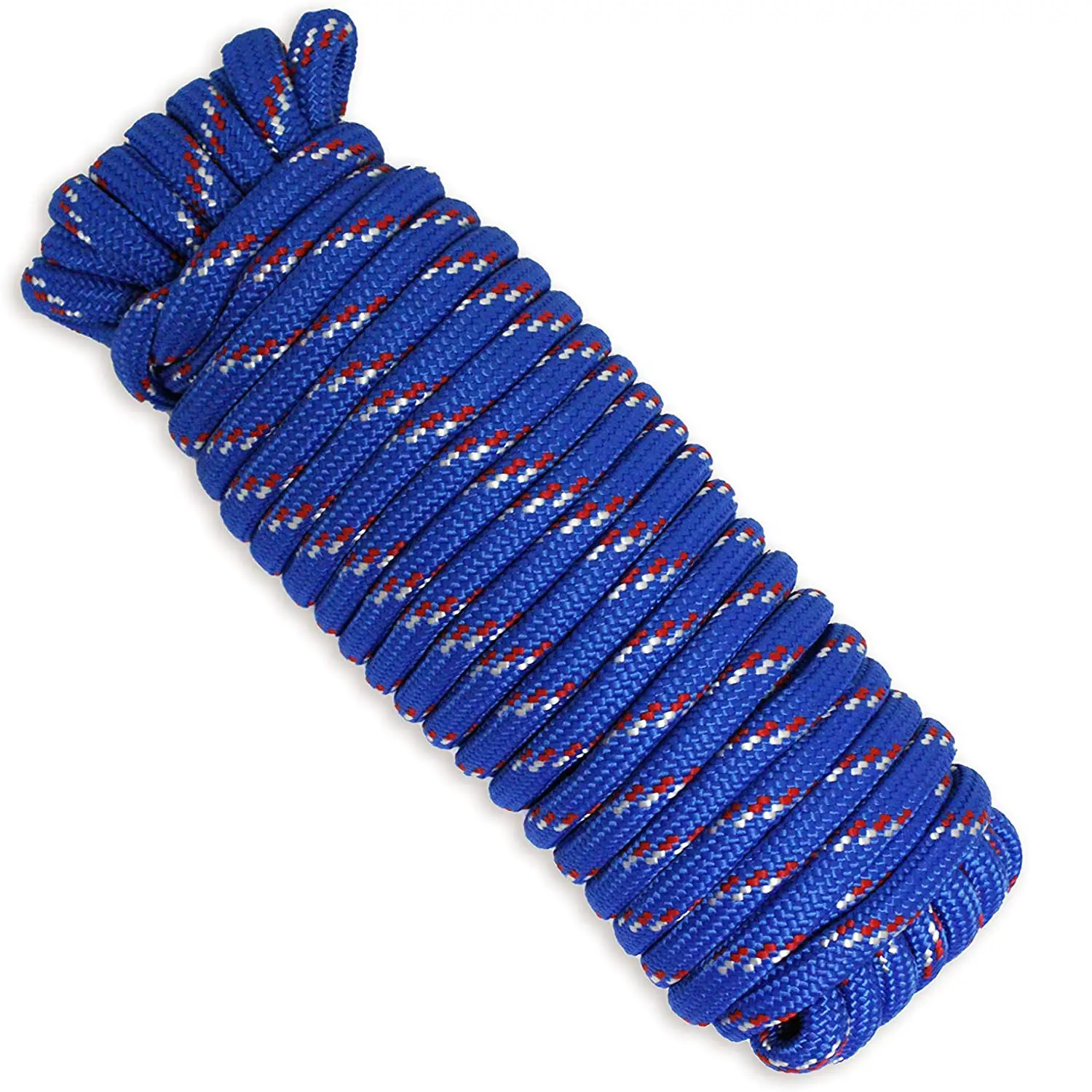
- Item Weight 1.3 pounds
- 11 x 3 x 3 inches
- Multicolor
Choose the Best Flagpole Rope
Customer’s Choice: the Best Rated Flagpole Ropes
3 users answered this survey. Please help us improve this review!
If you’re in the market for a new set of ropes for your flagpole, you’re in luck. In this article, we will discuss the different types of ropes available and provide tips on how to choose the right set for your needs. We’ll also answer some common questions about rope construction and maintenance. So whether you’re a first-time buyer or just looking to brush up on your knowledge, read on for the best advice on choosing the right ropes for your flagpole!
Table of Contents
Forney 70452 Wire Rope, Vinyl Coated Aircraft Cable
 If you’re looking for an all-purpose rope, the Forney 70452 is a great option. It’s made of galvanized steel and has a vinyl coating to protect against weather and UV damage.
If you’re looking for an all-purpose rope, the Forney 70452 is a great option. It’s made of galvanized steel and has a vinyl coating to protect against weather and UV damage.
It’s also flexible and easy to work with, making it a good choice for a variety of applications. The only downside is that it’s not as strong as some other options on this list, so it’s not ideal for heavy-duty projects.
Extreme Max 3008.0307 16-Strand Diamond Braid Utility Rope – 1/4″ * 100′, Black
 This is our top pick for the best flagpole rope. It is also black in color, which makes it perfect for use with any flagpole.
This is our top pick for the best flagpole rope. It is also black in color, which makes it perfect for use with any flagpole.
This rope is also 100 feet long, which should be more than enough for most flagpoles.
IIT 48780 80′ Flagline Rope White Color
 The Flagline Rope features an 80-foot long polyester rope that is constructed of high-quality materials to ensure it will endure a long time. The white color makes it an elegant addition to any home or office. It also comes with a handy storage bag, making it easy to keep track of and store when not in use.
The Flagline Rope features an 80-foot long polyester rope that is constructed of high-quality materials to ensure it will endure a long time. The white color makes it an elegant addition to any home or office. It also comes with a handy storage bag, making it easy to keep track of and store when not in use.
This particular flagline rope is one of the best on the market and is sure to meet your needs and expectations. It is a great choice for those who are looking for a durable, reliable, and stylish option. We highly recommend this product!
Stens 146-919 Starter Rope 5/32″ Diameter, 100′ Length, 5 Size – Black Rope
 Leaf Engine and Weed Wacker Stretch Rope, Pull Behind Tiller, Weed Cutter, Drag Harrow, and Pull Cord Rope.
Leaf Engine and Weed Wacker Stretch Rope, Pull Behind Tiller, Weed Cutter, Drag Harrow, and Pull Cord Rope.
100 feet long, this starter rope is designed to give you the power to start your engines with ease. The weather-resistant black rope has a diameter of 0.157 inches and is made of high-quality materials for lasting use. It also comes with a five size for easy handling.
MaxxHaul 50227 3/8″ x 50 Ft Extra Strong Sunlight and Weather Diamond Resistant Braided Rope
 This one is a top-rated flagpole rope on Amazon. It’s made of 100% polyester and is UV resistant. This rope is also great for other uses like camping, boating, and general yard work.
This one is a top-rated flagpole rope on Amazon. It’s made of 100% polyester and is UV resistant. This rope is also great for other uses like camping, boating, and general yard work.
The MaxxHaul 50227 has a tensile strength of 450 pounds and is three eighths of an inch in diameter. This rope is available in black, blue, green, red, and white.
Buyer’s Guide
Understand the Need
If you have a flagpole, you need a rope to hoist the flag. A good quality rope ensures that your flag is flown properly and safely. It also ensures that the flag is not damaged when it’s being raised or lowered. In this guide, we will discuss everything you need to know about choosing the best flagpole rope for your needs.
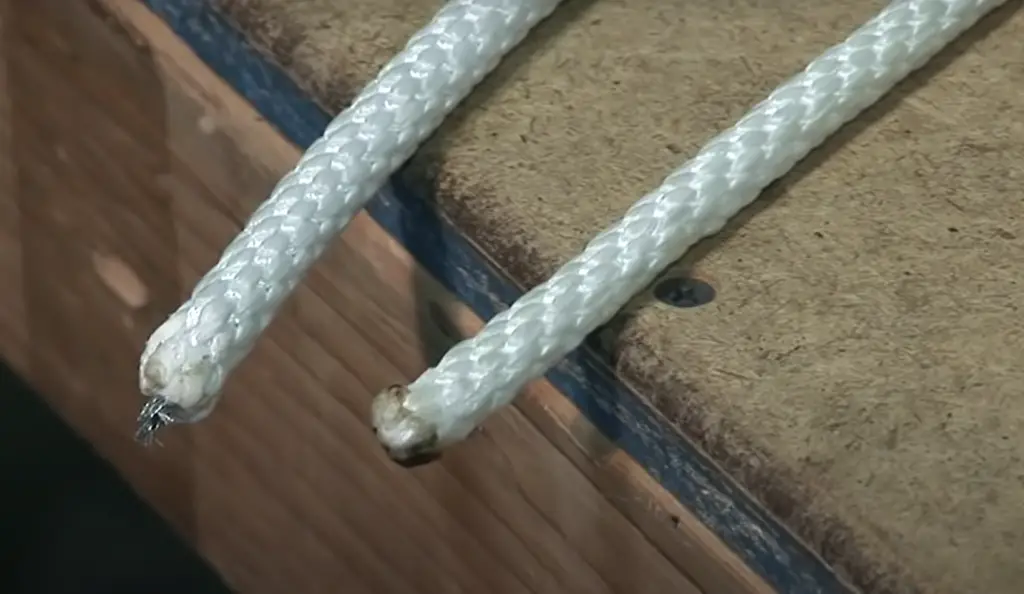
There are two main types of ropes used for flying flags: braided polyester and nylon.
It’s also less likely to fray or tangle than polyester.When choosing a rope, you also need to consider the length and thickness. The length should be at least twice the height of the flagpole, so that the flag can be properly secured. The thickness should be appropriate for the size of the flagpole. For example, a thicker rope is needed for a larger flagpole.
Finally, make sure to choose a rope that is weather-resistant. This will help to ensure that your flagpole and rope lasts for many years to come.
Rope Materials
When it comes to choosing a flagpole rope, there are three main types of materials to choose from: polypropylene, nylon, and polyester. All of these materials are strong, durable, and weather-resistant.
Polypropylene
Polypropylene is a synthetic plastic that is lightweight and has a low stretch factor. Nylon is also a synthetic plastic, but it is heavier than polypropylene and has a higher stretch factor.
Polypropylene ropes are the most popular choice for flagpoles because they are less expensive than nylon ropes and they have very little stretch. However, polypropylene ropes can become brittle in cold weather and may break if they are not handled carefully.
Polyester
Polyester is another type of synthetic plastic that is sometimes used for flagpole ropes. Polyester ropes are stronger than polypropylene ropes and have less stretch than nylon ropes. However, polyester ropes can be damaged by UV rays from the sun and may become brittle in cold weather. In general, nylon rope is the greatest option for flagpoles since it is durable, elastic, and resistant to UV deterioration.
Nylon
Nylon is the strongest and most elastic of the three materials. It is also resistant to UV damage, so it will not become brittle in cold weather. Nylon ropes are more costly than polypropylene ropes, but they are well worth the investment because they last far longer and work in all types of weather.
Cotton Blend
Cotton blend rope is another option for flagpoles. Cotton blend rope is made from a mixture of natural and synthetic fibers. The natural fibers make the rope soft and easy to grip, while the synthetic fibers add strength and durability.
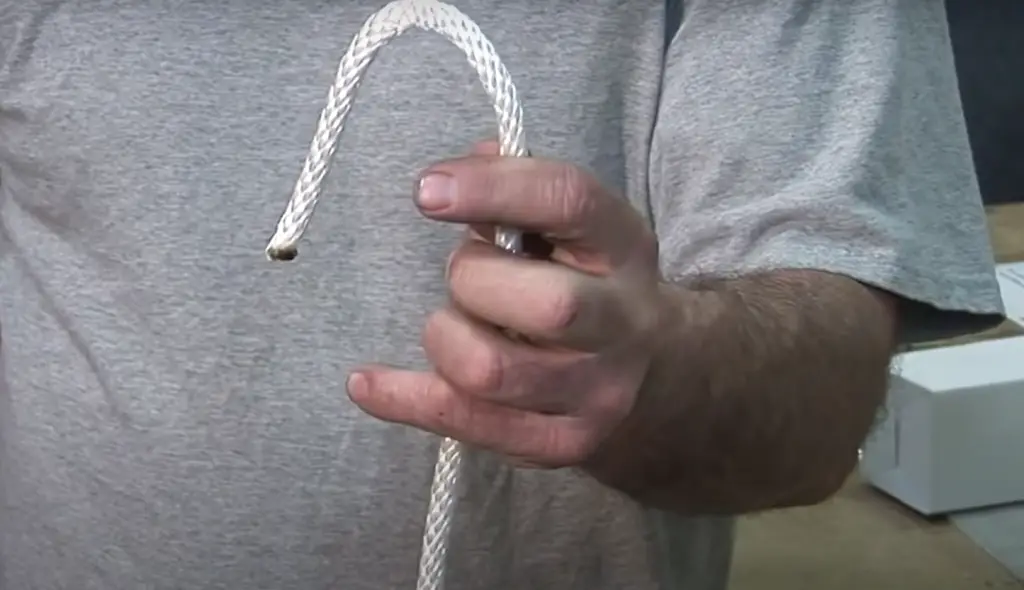
Cotton blend ropes are not as strong as nylon or polyester ropes, but they are more flexible and less likely to break in cold weather. They are also less expensive than nylon or polyester ropes.
Polyester With Wire Core
Polyester ropes with a wire core are the strongest and most durable type of flagpole rope. The wire core adds strength and rigidity, while the polyester outer layer protects the wire from UV damage.
Polyester ropes with a wire core are more expensive than nylon or polyester ropes, but they are worth the extra cost if you need a rope that is strong and durable.
Polyester With Kevlar Core
Kevlar is a synthetic fiber that is even stronger than steel.
Ropes with a kevlar core are more expensive than those with a polyester core, but they are well worth the extra expense if you require a rope that is extremely robust and long-lasting. [1]
In general, nylon or polyester ropes are the best choices for most applications. If you need a rope that is extremely strong and durable, then you should choose polyester or Kevlar-core rope. If you’re looking for a flagpole rope that is strong, durable, and weather-resistant, then you should choose a nylon or polyester rope.
The Best Type of Rope to Use for a Flagpole
There are a few different types of rope that can be used for a flagpole, but not all of them are created equal. In this guide, we’ll go over the best type of rope to use for your flagpole, as well as a few things to keep in mind when making your purchase.
The most important factor to consider when choosing a rope for your flagpole is the weight of the material.
If you’re not sure what weight you need, it’s always better to err on the side of caution and go with a heavier option.Another thing to keep in mind is the length of the rope. You’ll need to make sure that the rope you choose is long enough to reach from the ground to the top of your flagpole. If you’re not sure how long your flagpole is, you can always measure it before making your purchase.
Once you’ve considered the weight and length of the rope, you’ll also want to take a look at the material. There are a few different types of rope available, but not all of them are suitable for use with a flagpole. Nylon ropes are usually the best option, as they’re strong and durable without being too heavy.
When you’ve considered all of these factors, you should have no trouble finding the best type of rope for your needs. Just remember to take your time and choose a rope that’s durable and long enough to reach the top of your flagpole. With a little bit of research, you’ll be able to find the perfect option for your needs. [2]
What Size Rope do You Use for a Flagpole?
The majority of flagpoles use 1/4″ or 5/16″ rope. These sizes provide good durability without being too heavy, making it ideal for most residential applications. If you have a larger flag or live in an area with high winds, you may want to use a thicker rope such as one inch (25 mm). [3]
To determine the length of rope you need, measure the height of your flagpole from the ground to the top and add six feet (two meters). For example, if your flagpole is 20 feet (six meters) tall, you will need 26 feet (eight meters) of rope.
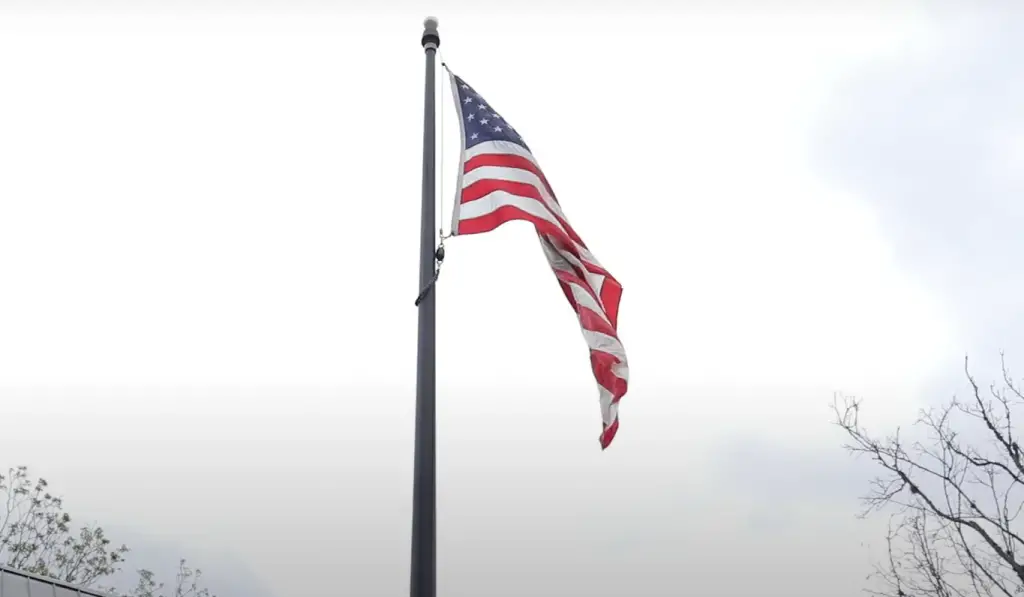
Another thing to consider when choosing a rope is its weight capacity.
If you have a particularly large or heavy flag, you may need a rope with a higher weight capacity.The thickness of the rope should be at least ¼ inch (0.64 cm) for a flagpole that is 20 feet (six meters) tall. For a flagpole that is 30 feet (nine meters) tall, the thickness of the rope should be at least ½ inch (one cm).
If you are unsure about what size rope to select, it is always best to err on the side of caution and choose a thicker rope. A thicker rope will be more durable and will last longer than a thinner rope.
How To Determine Halyard Length
The first step is to determine the halyard length, which is the distance from the top of your flagpole to where you want the rope to end. To do this, measure the circumference of your flagpole at its widest point and add about two feet for extra slack. Next, add the height of your flagpole. For example, if your flagpole is 20 feet tall and has a circumference of four inches, your halyard length would be 20 + (four times three) + two, or 32 feet.
Once you have determined the halyard length, it’s time to select a rope. There are many different types of ropes available on the market, so it’s important to choose one that is durable and can withstand the elements. Polypropylene and nylon are two popular materials that are often used for flagpole ropes.
When choosing a rope, you should also consider its thickness. The thicker the rope, the more weight it can hold. However, thicker ropes are also more difficult to tie and untie.
Once you’ve selected a rope, it’s time to attach it to your flagpole. The most common way to do this is with a cleat hitch. To tie a cleat hitch, first, make a loop at the end of the rope and place it over the top of the cleat. Next, take the end of the rope and pass it through the loop. Finally, pull the end of the rope tight.
Now that you know how to tie a cleat hitch, it’s time to raise your flag! Start by tying one end of the rope to the grommet on your flag. Next, thread the other end of the rope through the eyelet at the top of your flagpole. Finally, raise your flagpole until your flag is at the desired height. [4]
How Do You Fix a Rope on a Flagpole?
It’s not difficult to fix a rope on a flagpole. You’ll need a few tools and supplies, but you can do it yourself in just a few minutes. Here’s what you’ll need:
- A length of flagpole rope
- A ladder
- A drill
- Screws or nails
- A hammer
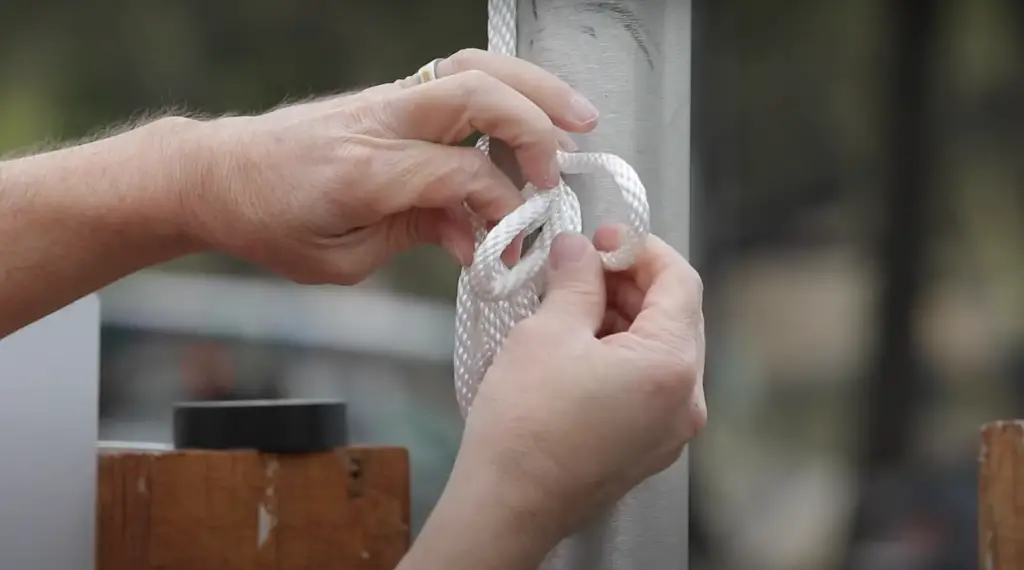
First, tie one end of the rope around the base of the flagpole. Make sure it’s tight so the wind doesn’t loosen it. Then, climb the ladder and wrap the other end of the rope around the top of the flagpole. again, make sure it’s tight. Finally, use the drill to secure the rope in place with screws or nails. That’s it!
FAQ
What is the best kind of rope for a flagpole?
The most common type of rope used on flagpoles is called polyester. It is a durable synthetic material that can withstand extreme weather conditions and will not rot or mildew.
Another type of rope that is sometimes used on flagpoles is nylon. Nylon ropes are also very strong and durable. However, they are not as resistant to sunlight and can become brittle over time.
In general, polyester ropes are the best option for flagpoles since they are more durable and longer lasting. However, nylon ropes may be a good choice for shorter-term use or for budget-conscious shoppers.
How do you rig a flagpole rope?
There are a few different ways to rig your flagpole rope, depending on the type of flagpole you have. If you have a stationary flagpole, you can use either a halyard knot or a cleat hitch to secure your rope. If you have a revolving flagpole, you will need to use a trucker’s hitch to ensure that your rope doesn’t become tangled.
To tie a halyard knot, start by tying an overhand knot around the standing part of the rope. Next, take the working end of the rope and make a loop around the standing part. Finally, pull the working end through the loop and tighten everything down.
To tie a cleat hitch or trucker’s hitch repeat the same steps.
What size rope do you use for a flagpole?
The most popular size rope for a flagpole is ¼ inch. . This thickness provides the perfect balance of durability and flexibility, making it easy to handle while still being able to withstand strong winds.
Other sizes that are commonly used are:
- ½ inch
- ⅜ inch
- ¾ inch
These thicker ropes are better suited for larger flagpoles or those in windy conditions. They will be more difficult to manage but will last longer and keep your flag flying high in any weather.[5]
Useful Video: How to Replace Your Flagpole Rope
Conclusion
All in all, the best flagpole rope is the one that fits your needs. There are a lot of different factors to consider when choosing a flagpole rope, but if you take your time and do your research, you should be able to find the perfect one for you. Doing some research before making a purchase is always a good idea, so we hope this guide was helpful in your search for the best flagpole rope. Thanks for reading and good luck!
References:
- https://www.qualitynylonrope.com/blog/flagpole-rope-5-types-that-work-best/
- https://www.ravenox.com/blogs/news/best-flagpole-rope
- https://www.flagguys.com/halyard.html
- https://www.yachtsandyachting.com/news/208323/Lengths-of-Sheets-and-Halyards
- https://www.usflags.com/flagpole-halyard-rope.html






Leave a Reply